“It will provide more convenient and cheaper transport for the peaceful use of space in the future.”
Experimental vessel lands safely after spending two days orbiting the planet.
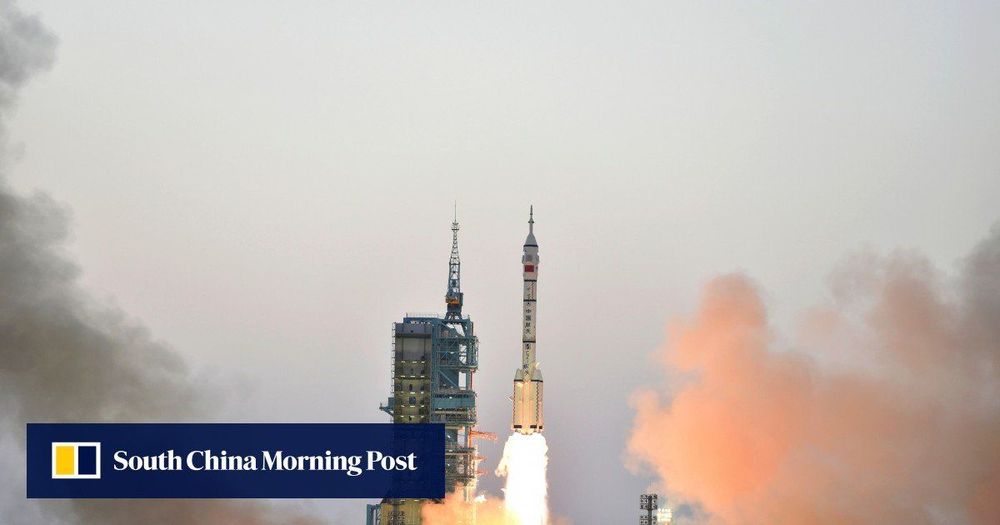
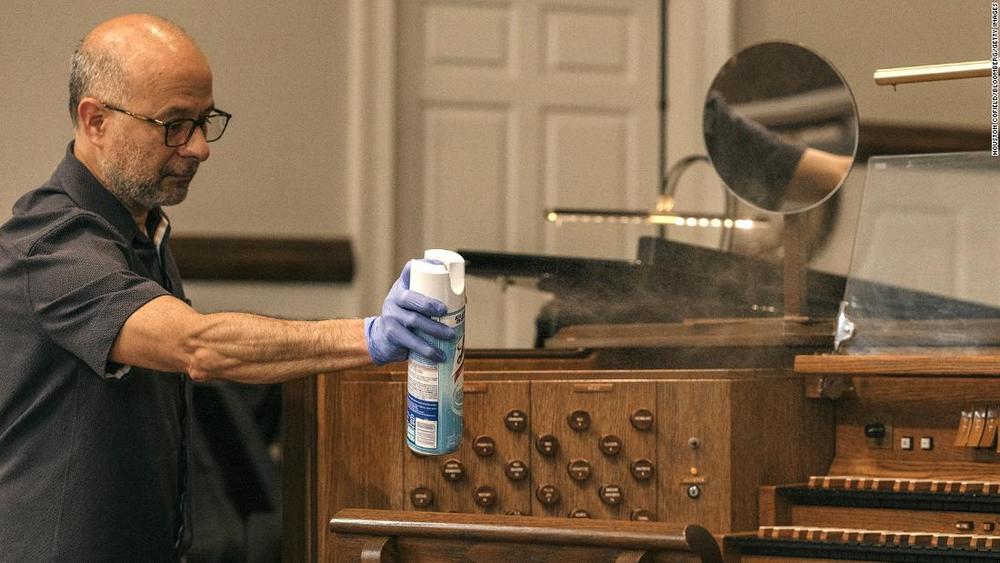
Lysol Disinfectant Spray and Lysol Disinfectant Max Cover Mist meet the EPA’s criteria for use against the SARS-CoV-2, the virus responsible for the ongoing pandemic, based on laboratory testing that found both products kill the virus two minutes after contact, the agency announced in a statement Monday.
While there are more than 420 products on the list of disinfectants that the EPA says are strong enough to ward off “harder-to-kill” viruses than the novel coronavirus, the two Lysol products are the first to have been tested directly against the virus and proved effective.

Meteorite material presumed to be devoid of water because it formed in the dry inner Solar System appears to have contained sufficient hydrogen to have delivered to Earth at least three times the mass of water in its oceans, a new study shows.
While the idea that enstatite chondrite (EC) meteorites contained enough hydrogen to provide water to the growing proto-Earth has been proposed, efforts to rigorously test this scenario have been hampered by difficulties in measuring hydrogen concentrations in ECs — an obstacle this study overcame.
According to models of Solar System formation, Earth should be dry. However, our blue planet’s vast oceans, humid atmosphere and well-hydrated geology boldly defy such predictions, making it unique among the other rocky planets of the inner Solar System.

California’s Independent System Operator declared a Stage 2 emergency Saturday, warning residents to expect rotating blackouts and advising them to conserve energy.
Stage 2 means, “The ISO has taken all mitigating action and is no longer able to provide its expected energy requirements.”
The declaration was due to high heat and increased demand, according to CAISO. In addition, CAISO said fires caused a generator and a solar farm to trip offline, highlighting the need for residents to reduce energy use.

At these temperatures, the atoms move extremely slowly and can be controlled through quantum mechanical effects that are negligible at higher temperatures.
The team used lasers to excite the atoms and coax them into one shared motion. They found that when the atoms act collectively, they can shape and steer light through their electrical and magnetic interactions with it. The shared behavior allows them to act like a collection of electric charges or very small magnets that affect the light.
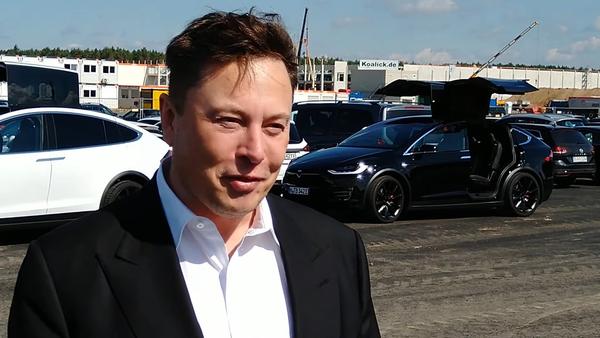
Featured image: @tobilindh/Twitter
Tesla CEO Elon Musk is now in Germany on a visit. During the trip, he met with several politicians, discussed a number of important issues, and visited Giga Berlin.
On September 3, Musk made his first visit to the construction site of Tesla’s plant in Grünheide, near Berlin. He arrived at 12:30 pm in a black Model X, where the media and film crews were already waiting for him. Apparently, he is very pleased with the progress of the construction, which was expressed in an enthusiastic greeting: “Deutschland roks! Yeah!”
Featured Image Source: SpaceX
SpaceX is rapidly manufacturing multiple Starship prototypes at the South Texas facility located in Brownsville’s Boca Chica beach. An orbital-class Starship will be equipped with six powerful Raptor engines. Raptors are fueled by cryogenic methane and liquid oxygen which is a unique fuel combination in the aerospace industry. Each Raptor is capable of producing over 200 tons, or 2MN (meganewtons), of thrust at full throttle. Three of Starship’s Raptors will be sea-level engines for atmospheric flight, and three vacuum-optimized Raptors for propulsion in space. Vacuum-optimized engines are more complex and different than sea-level engines; they’re specifically designed to have a higher performance in the vacuum of space. A visible difference between the two engines is that the bell nozzle is larger in the Raptor vacuum engine. Today, SpaceX shared a photograph showcasing the gigantic Raptor vacuum engine, pictured below.
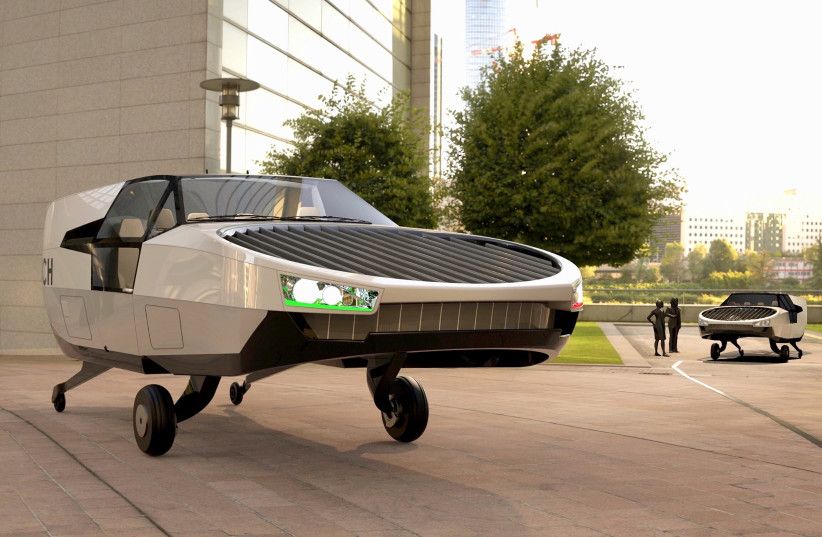
In industry speak, he said it has to have electrical Vertical Take Off and Landing (eVTOL) to be a flying car. According to the Deloitte website, eVTOL vehicles have the potential to improve the future of elevated mobility by moving people and cargo more quickly, quietly, and cost-effectively than traditional helicopters. A separate journal described eVTOL as a new means of transport that can fly like an aircraft and take off and land vertically like a helicopter, “sometimes called personal aerial vehicle.”
Yoeli’s company has two models: the CityHawk and the Falcon XP, both of which weigh more than a ton, not including the passengers.
So how did he get these cars to fly?
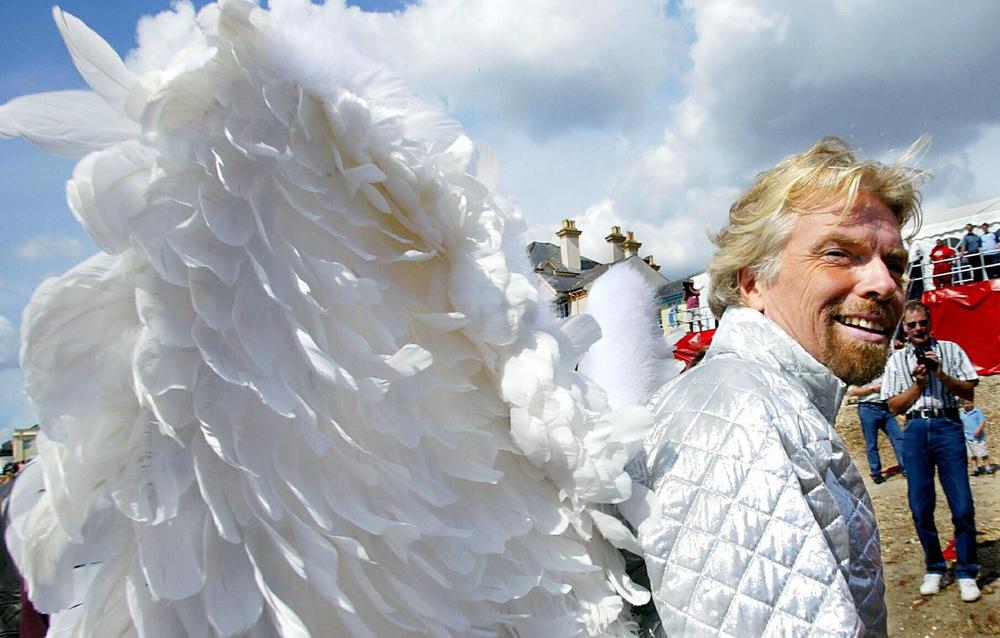
Fellow rocket man Elon Musk reacted with sympathy. “Sorry to hear that. Orbit is hard,” he tweeted, adding that it took his firm, SpaceX, four attempts before reaching orbit in September 2008. Branson himself “waited an hour” before getting on the phone to CEO Dan Hart. “His brain, as it does, just immediately turns to – ‘well how quickly can you try again’?” Pomerantz recalls, describing the mood in the room as the sun set in California as “a big step forward that nevertheless was nowhere near as big as we wanted it to be – we are a way better company than we were the day we did that launch, but we didn’t get to orbit.”
Back Of A Napkin
But for Pomerantz, Branson, Virgin and the watching entrepreneurial world, including competitors like SpaceX and Jeff Bezos’ Blue Origin, a larger question was answered: Could Richard Branson drop a rocket off the wing of a Virgin aircraft and call it a business?
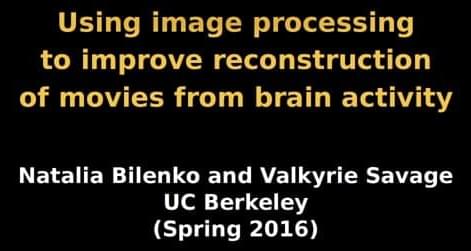
He was also scared because the experiment showed, in a concrete way, that humanity was at the dawn of a new era, one in which our thoughts could theoretically be snatched from our heads. What was going to happen, Dr. Gallant wondered, when you could read thoughts the thinker might not even be consciously aware of, when you could see people’s memories?
Brains are talking to computers, and computers to brains. Are our daydreams safe?
Credit… By Derrick Schultz